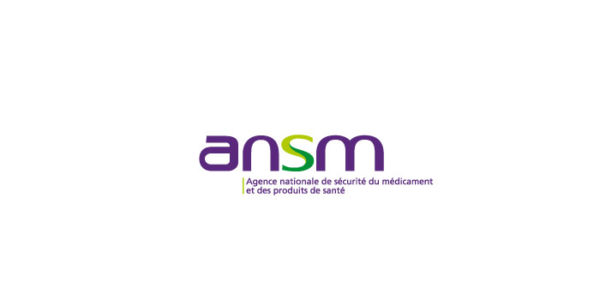https://ansm.sante.fr/actualites/progestififies-et-meningiomé-pas-daugmentation-du-risque-avec-les-diu-auvonorgestrel-mais-confirmation-du-risque-pour-3-nouvelles-substances
As part of reinforced surveillance over all progestins, Epi-Phare has conducted a new pharmaco-epidemiology study in order to assess the risk of meningioma associated with this class of drugs.
Progestatives are drugs used in gynecological pathologies (endometriosis, fibroids, particularly long and/or abundant rules, cycle disorders), in hormonal substitute (including menopause); But also in obstetrics (sterility by luteal insufficiency, repeated abortions).
Based on data from the National Health Data System (SNDS), Epi-Phare conducted a study aimed at assessing in women the risk of intracranial operated meningioma linked to the use of progestins (progesterone, medrogestone, medroxyprogesterone, dydrogesterone, Promestone, Diénogest). The risk of meningioma linked to intrauterine devices at Levonorgestrel, also called hormonal IUDs, has also been studied.
This study conducted in more than 18,000 women operated with meningioma and more than 90,000 “witnesses” women between 2009 and 2018 shows that prolonged use
Prommegestone (Surgestone 0.5 mg),
Medrogestone (Colprone 5 mg)
or medroxyprogesterone acetate (DEPO Provera 150 mg / 3 ml)
is associated with a meningioma surgery. This is increased when the duration of use of these drugs at the dosage authorized by the marketing authorization exceeds 1 year, as is the case with chlormadinone (luteran and generic), numegestrol (lutenyl and generics) and cyproterone (Androcur and generic) acetats.
Relative risk of meningioma surgery with the use of progestins over a year
| Promestone | Medogestone | Chlormadinone | Medroxy-progesterone | Nomigestrol | Cyproterone |
| x 2.7 | x 4.1 | x 5.5 | x 5.6 | x 7.5 | x 24.5 |
Conversely, the results with the IUDs at Levonorgestrel 13.5 and 52 mg, widely used contraceptives, do not show a meningioma overflow. Likewise, exposure to progesterone (oral, intra-vaginal and skin) (utrogestan and generics) and dydrogesterone (Duphaston, Climaston) was not significantly associated with an intracranial meningioma surgery.
Additional studies on Diénogest (Visanne and Generics), reimbursed since 2020, are to be considered.
It should be noted that the Promegestone has no more marketing authorization in France since October 2021.
These results were presented on June 12, 2023 during a meeting with health professionals (gynecologists, endocrinologists, general practitioners, neurosurgeon) and representatives of patient associations (Amavea, Endomind, Endofrance, France Assos Santé, Acquisssss-T).
A new meeting of the Temporary Scientific Committee (CST) on the progestins is scheduled for June 28, 2023 in order to determine what measures to protect women must be taken concerning these 3 progestins (Promestone, Medrogestone, MedroxyProgesterone) in order to reduce the risk of associated meningioma.
The learned societies of gynecology (CNGOF, GEMVI, CNEGM, FNCGM, SFG, CNPGO-GM, SEUD, FFE, SMR) and the French endocrinology society (SFE) as well as the other stakeholders who cannot be represented within the CST, in particular because of the ethical rules, were invited to express themselves in the frame written contribution.
Age, female gender and exposure to brain radiotherapy in childhood constitute clearly identified risk factors. Between 2019 and 2020, successive epidemiological studies of Ep-Phare have demonstrated a Meningioma surgeque, which increases with the cumulative dose received, for three progestins (Androcur, Lotenyl, Lutéran and generic). Following these studies, we then implemented numerous measures to limit this risk. In March 2023, on the basis of pharmacovigilance reports of meningiomas associated with other progestins (Medrogestone, Progesterone 100 or 200 mg, Dydrogesterone and Dienogest) and pending the results of the epidemiological study of Epi-Phare, we have established recommendations Preliminaries after having collected the opinion of our Committee of Experts in order to supervise this risk when the use of these treatments is appropriate.






